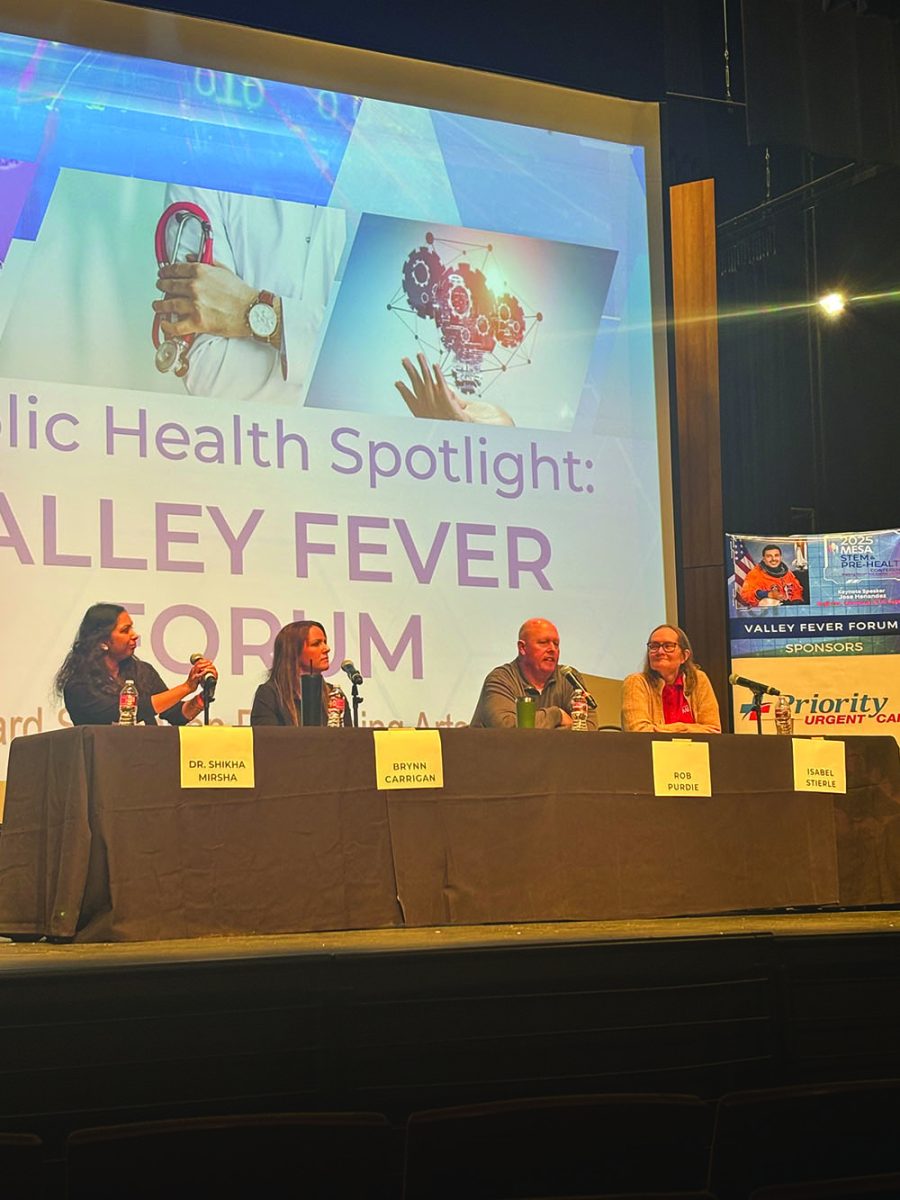New shows erupt at BC Planetarium
March 1, 2016
From within the darkened walls of Bakersfield College’s Planetarium, one may be transported to the other side of the universe or deep within the heart of an atom.
The planetarium’s primary purpose is for astronomy classes and astrophysics lectures, however, with an array of advanced cinematic capabilities, there are a number of other applications for which it is also well suited.
Not the least of these abilities is the IMAX-like, awe-inspiring presentation of dramatic material. Ever since it was finished in 2006, the Planetarium has been playing to sold-out crowds.
The shows that have been exhibited thus far have been somewhat predictably focused on astronomical phenomena and other out-of-this-world stuff.
Starting March 3, the Planetarium begins presenting at least two features with a more down-to-earth theme.
“Earthquakes” is an in-depth analysis of tectonic theory and its practical implications.
This feature is a California Academy of Sciences (San Francisco) production.
“Supervolcanoes” is a discussion of the geologic processes that govern volcanism, with a distinct focus on massive examples like Yellowstone National Park.
Nick Strobel, head of the Astronomy Department, runs the Planetarium.
Strobel said the main reason for the departure from cosmological theory is the ongoing financial support that the Science Technology Engineering & Math (STEM) program at BC has enjoyed from Chevron.
“We convinced Chevron that it would be nice for them, it would be good PR… to boost their contribution to the STEM program here at BC,” he said. “So what we did was that we purchased a couple of geology themed shows because it was Chevron money that we were using with hopes of maybe having some further contributions later on as well.
“So it’s like, well, we are looking for geology shows. Which are the two sexiest topics out there?”
The supervolcanoes show is going to land March 3, and it will most likely play to a sold-out crowd because that just seems to be how the Planetarium goes.
Strobel was very forthcoming regarding the content that we could expect and deferred heavily to his colleague John Menzies.
“He (Menzies) gets a stipend because of some of the Chevron money, and he’s the one who will actually give the evening shows,” Strobel said.
“He does physical geography, so he knows a little about landforms and all that.”
“Supervolcanoes” starts off with information about Toba, which, Strobel said, was a supervolcanic eruption around the Sumatra/Indonesia area about 74,000 years ago.
That eruption was so powerful it changed the climate for several years.
“There were only a relatively few humans at that time, and we were pushed to the brink of extinction because of that,” he said.
“It’ll also talk a little bit about volcanic activity happening in other parts of our solar system, so there is some astronomy in there, too,” he said, “and it ends up with Yellowstone because that’s the largest volcano that we have here in the U.S., if not the world.”
The Planetarium schedule for the rest of this semester is as follows: March 3, “Supervolcanoes”; April 7, “Earthquake”; April 17, “Black Holes” (sold out); April 21, “Dynamic Earth”.





